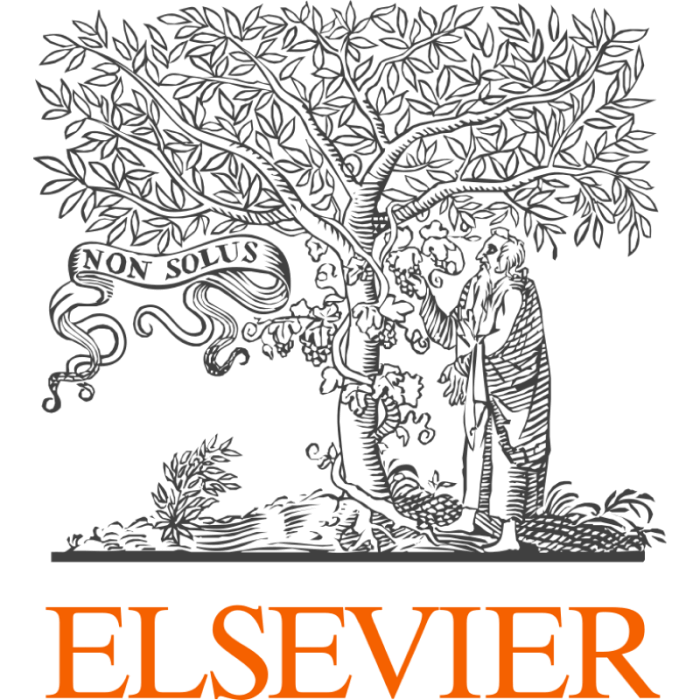Open Access


Natural Hazards Research, volume 4, issue 4, pages 633-642
The Aspects of Food Security and Subsistence Systems of Climate-Induced Hazards Affected Coastal People in the Era of the COVID-19 Pandemic in Bangladesh
Joydeb Garai
1
Publication type: Journal Article
Publication date: 2024-12-01
Abstract
Climate change-induced hazards and environmental change pose great threats and vulnerabilities to the livelihoods and food security of forest-dependent coastal people in Bangladesh. Moreover, the recent surge of COVID-19 has aggravated this vulnerability manifold. This paper is an attempt to examine the aspects of food security and subsistence systems of coastal people in dual hazards. It also explores the gender roles and responses of coastal people in food security and subsistence systems in climatic hazards during the period of COVID-19. This project employed participant observation, in-depth interviews (N=55), and Focus Group Discussions (FGDs)(N=7) for collecting data. The findings of the research demonstrate that climate-induced hazards severely reduce the resources of the forest and river and threaten the food security of coastal people. Many of the coastal people are forced to change their occupations, diversify their livelihoods, or migrate to other places for subsistence. Moreover, the recent outbreak of COVID-19 restricts them in-house and stops their income-generating activities. In addition, forest departments do not allow them to enter forests to collect forest resources during and after the hazards, which severely affects their food security. In coastal areas, women play a great role in food security and subsistence systems, but dual hazards limit their working opportunities by restricting agricultural inputs, and technological support, disrupting the environment, closing markets, breaking supply chains, and so on. However, coastal people try to overcome these challenges by applying their local strategies. This paper helps policymakers and the government to gain insight into the real situation of coastal people during and after the hazards, which can influence policymakers to formulate effective policies for ensuring food security and creating alternative subsistence systems for coastal people in adversity.
Are you a researcher?
Create a profile to get free access to personal recommendations for colleagues and new articles.

